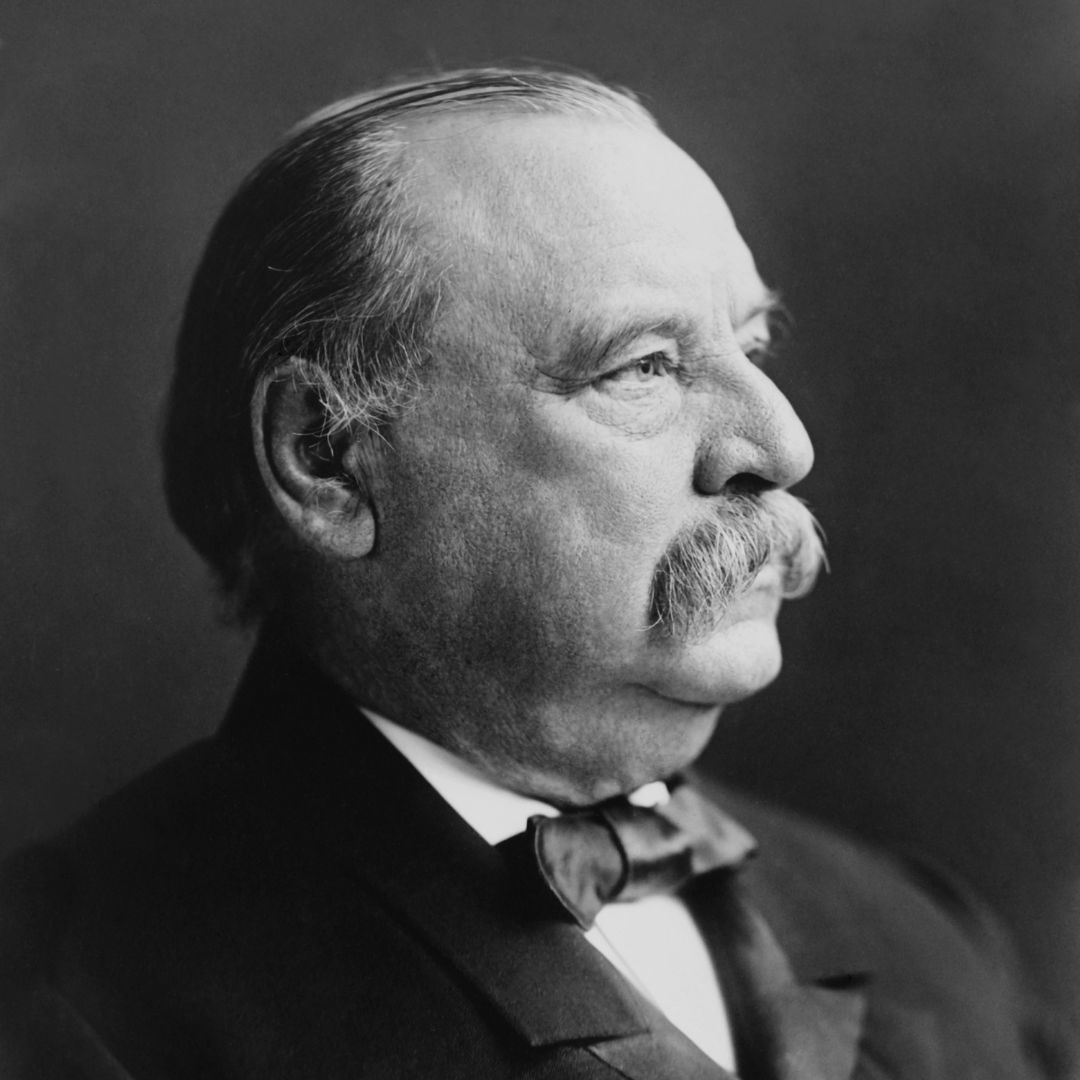For many of us, the Memorial Day weekend is the official start of summer, bringing forth three national holidays and providing welcome chances to hit the road, entertain guests, or just relax.
This got me wondering about the role of the presidents in creating the national holidays.
For the first 87 years of our nation’s history (1776 – 1863), there were no official national holidays. While many states had various holidays and days of celebration, there were none at the federal level.
Abraham Lincoln got the ball rolling in 1863 when he declared Thanksgiving to be a national holiday on the last Thursday of November.
Then in 1870, President U. S. Grant signed off on legislation to create the first set of national holidays: New Year’s Day, 4th of July, Thanksgiving Day, and Christmas Day.
Realizing they were on to something popular, politicians began extending the concept of national holidays.
Memorial Day
In May 1868, three years after the end of the Civil War, soldiers established Decoration Day, urging citizens to decorate the graves of war dead with flowers, wreaths, and flags. A large celebration was held at Arlington National Cemetery. One of the speakers was Congressman, Civil War General and future president James A. Garfield who said the deceased soldiers had “made immortal their patriotism.”
Later, after World War I, the definition of Decoration Day was expanded to include soldiers of all American wars, not just the Civil War. Thus began the trend toward calling it Memorial Day, a reality not officially recognized by the federal government until 1971 thanks to legislation signed in 1968 by President Lyndon Johnson.
Presidents Day
The first national holiday to celebrate an individual was in honor of George Washington’s birthday on February 22. It was created in 1879 by President Rutherford B. Hayes and only covered Washington DC. In 1885, under President Grover Cleveland, Washington’s Birthday became a national holiday.
While no one begrudged Washington the honor, some wondered why Abraham Lincoln, also born in February, was also not recognized. After decades of debate, in 1968, Washington and Lincoln’s birthdays were combined into Presidents Day and set up on the third Monday of February. Lyndon B. Johnson signed this legislation, called the Uniform Monday Holiday Act, that not only created Presidents Day, but also moved Memorial Day, Labor Day, and Veterans Day to Mondays, creating three-day weekends and, in theory, to boost retail sales and reduce workplace absenteeism.
Labor Day
Following years of labor unrest in the 1880s and growing popular sentiment, in 1894 Grover Cleveland, in the second of his non-consecutive terms, signed legislation making Labor Day a national holiday on the first Monday in September.
Columbus Day
Franklin Roosevelt created Columbus Day as a national holiday in 1937 to recognize the explorer’s arrival in the New World in 1492. It is now referred to as Indigenous Peoples Day by 19 states who recognize the indigenous communities that have lived in the Americas for thousands of years.
Armistice Day
President Franklin D. Roosevelt signed legislation creating Armistice Day in 1938 to recognize the end of hostilities in World War I. It would be celebrated on November 11 each year. In 1954, under President Dwight D. Eisenhower, famed Supreme Allied Commander in World War II, the holiday was renamed Veterans Day to expand the concept of recognition to include World War II and the Korean War.
Thanksgiving with a Twist
As mentioned above, President Lincoln authorized a day of Thanksgiving on the last Thursday of November. However, in 1938, during the depths of the Depression, President Franklin D. Roosevelt tried to switch Thanksgiving Day to the next to last Thursday of November, thinking it would boost sales and revenue by extending the Christmas shopping season. He persisted in this for three years with a proclamation as to the new date for celebrating. He had to finally give up the idea, signing legislation on December 26, 1941, permanently making Thanksgiving Day the fourth Thursday of November.
Recent New Holidays
Since 1968 only two additional national holidays have been created. In 1983, Ronald Reagan signed off on the creation of Martin Luther King, Jr. Day, observed on the third Monday in January, King’s birth month.
Recently, in 2021, Joe Biden created Juneteenth Day to celebrate the emancipation of enslaved African Americans, as reflected in the June 19, 1865, General Order No. 3 issued by Major General Gordon Granger which notified the people of Texas that all slaves in former Confederate States were free.
As we swing into summer and encounter multiple national holidays, consider the evolution of these important days and their real and symbolic roles in our American life.
Interested in learning more about the presidents? Visit the Carolyn & James Millar Presidential Gallery on the upper level of the Booth Western Art Museum. The gallery features original letters and photographs of every U.S. president. Learn more at www.boothmuseum.org.














